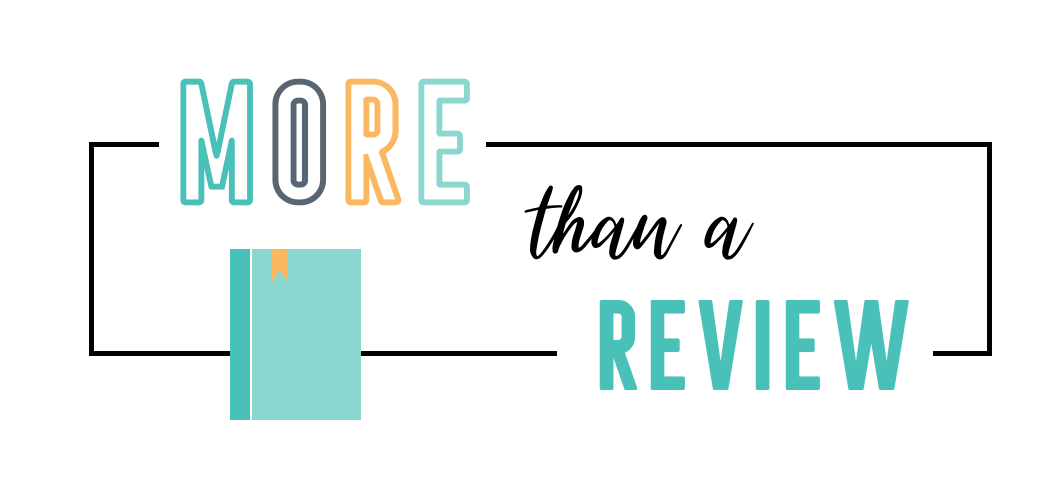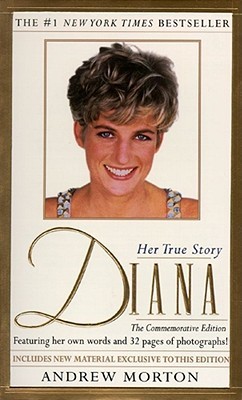The sudden and tragic death of Princess Diana has caused the entire world to reflect on how much this singular woman meant to us all. From her fairy-tale courtship, her wedding to Prince Charles, and the birth of her two wonderful boys to the stunning collapse of her marriage and the revelation of her psychological and physical trauma, we witnessed and shared in the wide range of emotions in her life. In the last few years, Diana’s dedication to the downtrodden and unloved and her commitment as a mother have only strengthened her hold on our hearts.
When “Diana: Her True Story” was initially published in 1992, it was met with a hail of abuse from the British Establishment. As time passed, however, the magnitude of Diana’s marital and personal distress made it clear, even to the greatest doubters, that this book was indeed Diana’s true story; and finally, in 1995, she revealed in a BBC interview that she had indirectly cooperated with Andrew Morton.
What has not been known, however, until the publication of this new edition, is that “Diana: Her True Story” was in fact almost entirely based on her own words, supplemented by interviews with her friends. In 1991 and 1992, when this book was first conceived and written, Diana felt trapped and powerless within the royal family. She knew that the truth about her life was submerged under a mountain of royal propaganda. “Diana: Her True Story” chronicles Diana’s unhappiness, which began shortly before her wedding day, and reveals the life of a young and beautiful woman who, trapped in a loveless marriage, had sunk to the depths of despair; from which recovery seemed impossible. In an act of desperation, she made the decision in 1991 totell her own story, no matter what the cost. And so she and Andrew Morton began a collaboration that was to shake the royal family to its foundations and, eventually, force Diana to seek a new life. Tragically, that new, and briefly happy, life is over.
This new edition contains the story of how the book first came into being. What’s more, Diana is able, finally, to tell her own story, in her own words. Its pages contain her own testament — the closest we will ever come to her autobiography.
-
Sexual Content - 0/5
0/5
-
Violence - 2/5
2/5
-
Language - 2/5
2/5
-
Drugs and Alcohol - 0/5
0/5
Summary
I’ve been a genuine admirer of Princess Diana since childhood and she became one of the few celebrities I’ve wept over when she died. Like many little girls at the time, I watched her beautiful wedding to Prince Charles live on television and dreamed of fairy tales and happy endings. But as we all now know, her life was neither a fairy tale nor sadly did it have a happy ending. I recall when Diana: Her True Story was first released, it flew off the shelves like so many other publications about the princess, but at the same time, many panned it as a work of fiction solely fabricated by author Andrew Morton. This was largely because the Royal Family themselves spun it that way. But in reality, Diana had hand-picked Mr. Morton to write her biography and fully cooperated with its creation. However, she did so surreptitiously in order to have plausible deniability, so as to not get into hot water with the Royal Family. Therefore, her involvement didn’t truly surface until a short time before her death a few years later. The version of the book I read is the commemorative edition that was republished shortly after her death, five years following the original publication. It contains additional material, including almost fifty pages of Princess Diana’s answers to interview questions that were directly transcribed from the tapes she secretly recorded. And it all makes for a very compelling read.
I was struck by how, despite being from an aristocratic family and the daughter of an earl, Diana led a fairly normal life early on. She loved ballet, swimming, and playing the piano, but academically she was an average student. A high school drop-out, she worked for a while as a live-in nanny, because she wanted some freedom but her parents wouldn’t allow her to get her own place until she was eighteen. When she was of age, they got her an apartment in London, which she then shared with three other girls, while working as both a house cleaner and a preschool teacher. Then along came Prince Charles who she’d previously rubbed elbows with (her sister actually dated him a few years before), and she fell head-over-heels for him, so when he proposed, she thought it would be her fairy tale happy ending. But nothing could have been further from the truth. Even before she walked down the aisle, she became aware of the rumors surrounding Camilla Parker-Bowles, who for years was said to simply be Prince Charles’s friend, but in reality she’d been his paramour, something that Diana quickly realized. For the next decade, she struggled with feelings of jealousy directed toward her rival. Then there was the lack of assistance from the Royal Family when Diana felt like a fish out of water in their structured and emotionless world. All of this led to her developing bulimia, which she fought for over a decade. Through it all, she received very little help from her husband and his family. Of course, all of this and more led to a separation and eventual divorce. After that was all finalized, she finally seemed to be free. She was budding into a new person and experiencing a whirlwind romance with Dodi al-Fayed, when it all came to a crashing halt when she was killed in a car accident while being chased by paparazzi.
While Diana had everything she could possibly need from a material standpoint, growing up she lacked emotional stability and was denied the outward displays of affection she craved. She was aware that when she was born, her parents were longing for a boy, which made her feel unwanted, and later, she was traumatized by her parents’ divorce. All that dysfunction followed her into adulthood, where at the tender age of nineteen, she was thrust into the demanding world of the Royal Family that was anything but the fairy tale she’d envisioned. Much like her own family, they never gave her the love, support, and encouragement she needed to truly blossom and flourish, instead pushing her nearly beyond her limits. All of this is what led to her developing bulimia as a way of exercising some control in her own life. All Diana ever wanted in life was to be loved, but it seemed that Prince Charles was incapable of giving her the one thing she needed, perhaps due to the shortcomings in his own upbringing. Of course, the public adored her, but for someone who was rather shy and private, that was a pressure that was difficult for her to handle. But as she matured, I deeply admired the way that she gradually took back the reins of her own life. She sought help for her emotional issues and got healthy again, and she bravely fought back against the establishment of the Royal Family, often getting what she wanted. Although her marriage became irretrievably broken, she was committed to not seeking a divorce or letting them down, until they decided it was time for her to go. Of course, the truly sad part is that she was only just finally finding herself and becoming a figure independent of the Royal Family when her life was tragically cut short.
Diana: Her True Story was an excellent biography that kept me engaged throughout. Being such an admirer of Diana, I’m not sure why I didn’t read it a long time ago. I think perhaps the media buzz about it being a fabrication may have swayed my opinion at the time it was published, because I didn’t want to read something that possibly wasn’t true. I can’t even recall when I finally did find out that Diana had sanctioned it’s publication, but I eventually picked up a copy I found at a library sale. Then it sat on my TBR pile for quite some time, until I recently watched the documentary The Story of Diana that came out a few years ago. That reignited my interest, finally prompting me to pick it up and I’m very glad that I did. It was enlightening to get Diana’s insider perspective, which paints a rather damaging picture of life in the Royal Family. In light of the things I learned in this book, it made Prince Harry and Meghan’s choice to leave royal life all that much more understandable. Diana was a genuine light to world who by her own admission felt more at home with the ordinary person on the street than she did in the Royal Family. I don’t think the Royal Family ever truly understood, appreciated, or deserved her. I’m so glad that in spite of her premature death, her legacy lives on in her sons and hopefully her grandchildren one day as well. This book illuminated all the reasons I’ve loved Diana since she first came into the spotlight all those decades ago. Her vulnerability, her gravitation toward pain and suffering, and her kindness and compassion toward people in need are all things that I relate to deeply. I believe that she was a genuinely good person who didn’t deserve the life of turmoil she was handed but she somehow managed to navigate it with a grace and dignity that I will forever admire. I highly recommend Diana: Her True Story to anyone who wants to learn more about this amazing woman or get an insider’s perspective on the British Royal Family.
Review provided by The Hope Chest Reviews

